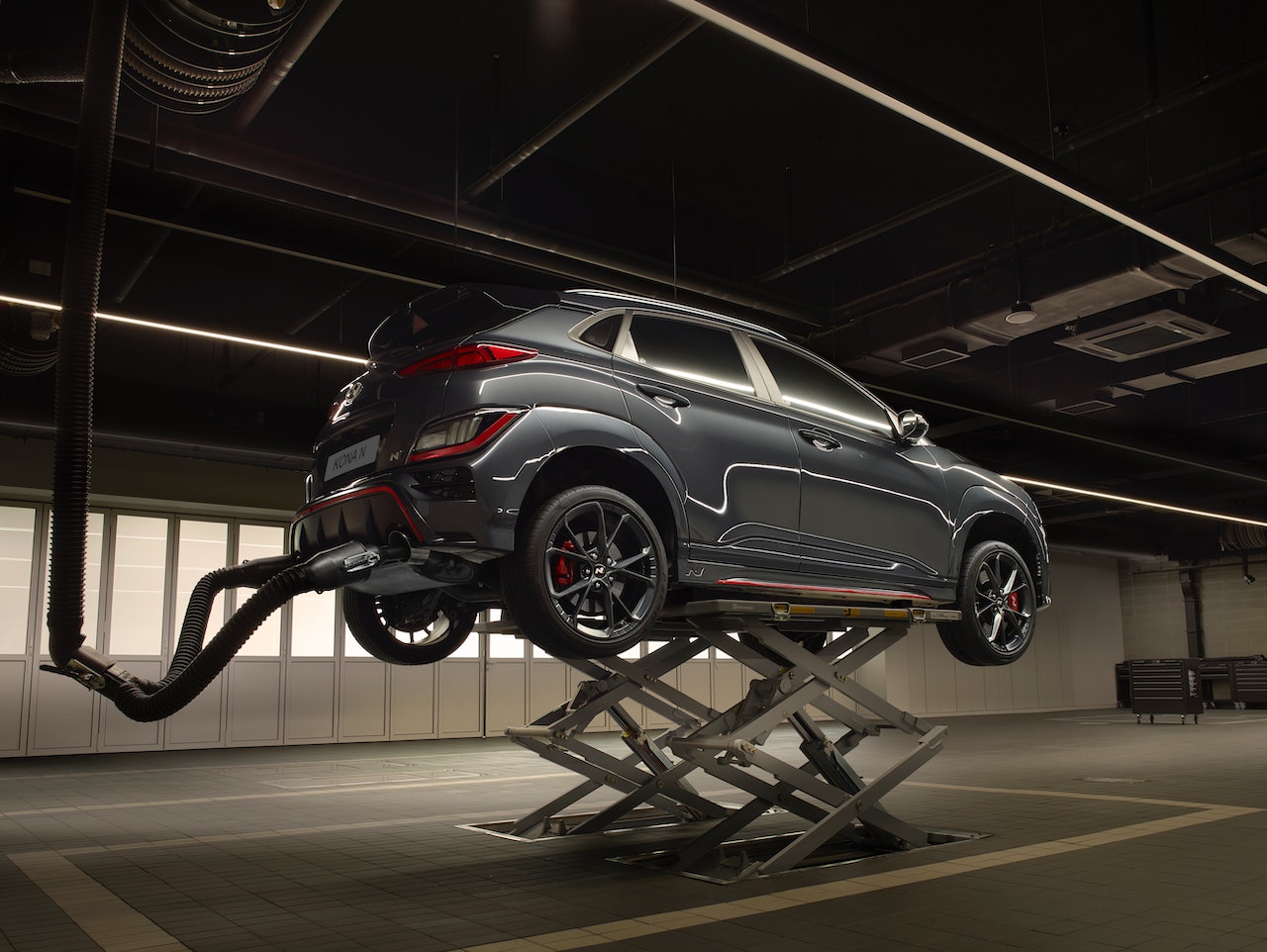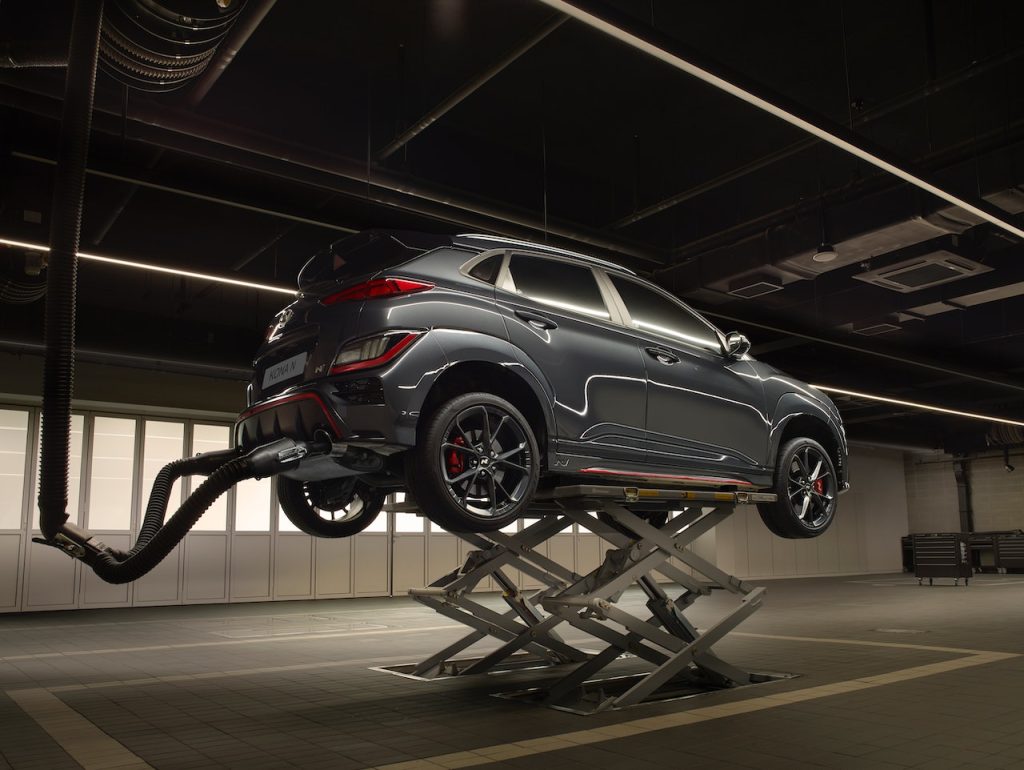
A key concern many have when deciding on an electric vehicle (EV), and even after purchase, is what happens if the battery fails. What if you’re driving? What if you’re parked and can’t get it started? Knowledge is power, so read on to get answers to these common questions. Still, it’s smart to be prepared. If a battery fails for another reason, you’ll want to be ready.
What Should I Do if the Battery in My Electric Vehicle Dies While I’m on the Road?
If you don’t already own an electric vehicle, it may bring you peace of mind to know that you get plenty of advance warning before your battery dies. You won’t be driving down the road and then your battery suddenly stops due to lack of charge.
Regarding those warnings, JD Power reminds us they can be audio, visual, or both, with the visual cues being on your instrument display and your navigation screen. And unlike conventional gas-powered vehicles, electric vehicles calculate the amount of charge you have left based on how you’re actually driving and what the conditions are. It doesn’t base this number solely on distance. There are many factors it considers.

Another convenient feature of electric vehicles is a low-power mode, often called Turtle Mode. If you’ve been unable to get to a charging station, the vehicle will conserve energy by decelerating and not allowing you to pick up speed. This gives you time to either make it to a charging station if one’s nearby or pull over to the side of the road to call for assistance. Portable booster packs are available for purchase and can help when you’re out and about.
If that doesn’t work, a tow truck is perfectly capable of loading up your car and taking you to get a charge. In fact, AAA equips their roadside assistance with fast chargers. They show up and give you the charge you need to get to a station where you can completely recharge your battery.
If your battery has failed, services such as AAA can test your battery, bring replacement parts, and more. If all else fails, you can get a traditional tow. Even better, your vehicle’s manufacturer likely has its own special service for roadside assistance.
What Should I Do if My Car Is Parked and My Battery Won’t Start?
The first thing you want to do if you’re parked at home and your battery won’t start is to plug it in and see if that charge is moving to the battery. If not, you’ll want to contact your car manufacturer’s or dealership’s roadside assistance. If you’re not at home or near a charging station, your best option is going to be to call roadside assistance.
Many of these services provided by vehicle manufacturers and dealerships have an incredible range. If you’re somewhere without cell service, it’s likely you’ll be able to connect with assistance right there in your car. Another bonus is that when you buy an electric vehicle, many dealerships offer complimentary service for extended lengths of time, sometimes up to five years. You’ll stay connected and further embrace that peace of mind knowing the people who are specialized in your car are there 24/7 to assist you with your car.
If you have another vehicle nearby and your battery has died, you can always try jump-starting your battery with a battery of equal voltage. You can also use that portable booster pack we discussed in the previous section. Jumper cables and a booster pack are great accessories to always have in your vehicle.
What Should I Look For Under the Hood?
Electric vehicles don’t look the same under the hood as standard gas-powered cars do, so there isn’t much to look for there. There’s no engine oil to check. You’ll see the battery, induction motor, inverter, controller, charger, cooling system, and gear reducer. If you see smoke coming from under the hood, it’s best to back away from the vehicle in the event that it’s a rare battery fire. Lithium batteries burn intensely, and it’s better to be safe than sorry.
Electric engines don’t catch fire as much as many have been led to believe, however. AutoinsuranceEZ crunched the numbers and found that per 100,000 sales, 1,529.9 gas-powered vehicles caught fire, and only 25.1 electric vehicles caught fire. That’s a huge gap.
Regardless, it’s better to be safe than sorry. Get away from the car if you see smoke. If you don’t, you can hang out in your vehicle until roadside assistance arrives.
How Expensive Will It Be To Fix?
This depends on factors such as the manufacturer, age of your vehicle, model of your vehicle, and what the exact issue is. We’ll go over some averages to give you a good idea of what to expect, but remember that these aren’t applicable to every scenario and don’t include labor.
The biggest expense you’ll look at for a faulty battery is the replacement of that battery, but not all batteries are equally expensive. In fact, there’s quite a variation. Here are some examples of average costs:
- Tesla Model 3: $13,000.
- Volkswagen ID.4: $27,000
- BMW i3: $24,000.
- Hyundai KONA Electric: $6,000 to $7,000.
Those prices may look high, but keep in mind that many dealers offer warranties that typically last eight years or 100,000 miles. A battery replacement is often covered in this warranty. Regardless of price, battery failure can feel like a hassle to deal with and may be a more top-of-mind issue because the car is electric. Well, we have more good news for you. Recurrent Auto conducted a study of 15,000 electric vehicle drivers and found that only 1.5% reported battery failure. And in this, many of those vehicles were recalled from the manufacturer for replacement.
Contact Dublin Hyundai Today!
Are You Worried About Your Battery? Or is it time to get your electric vehicle serviced? Bring your vehicle over to Dublin Hyundai in Dublin, CA, today. We’ll make sure you’re ready to safely hit the road.
Hyundai Kona N in the garage by Hyundai Motor Group is licensed with Pexels License





